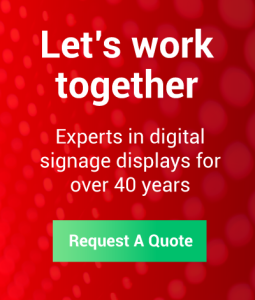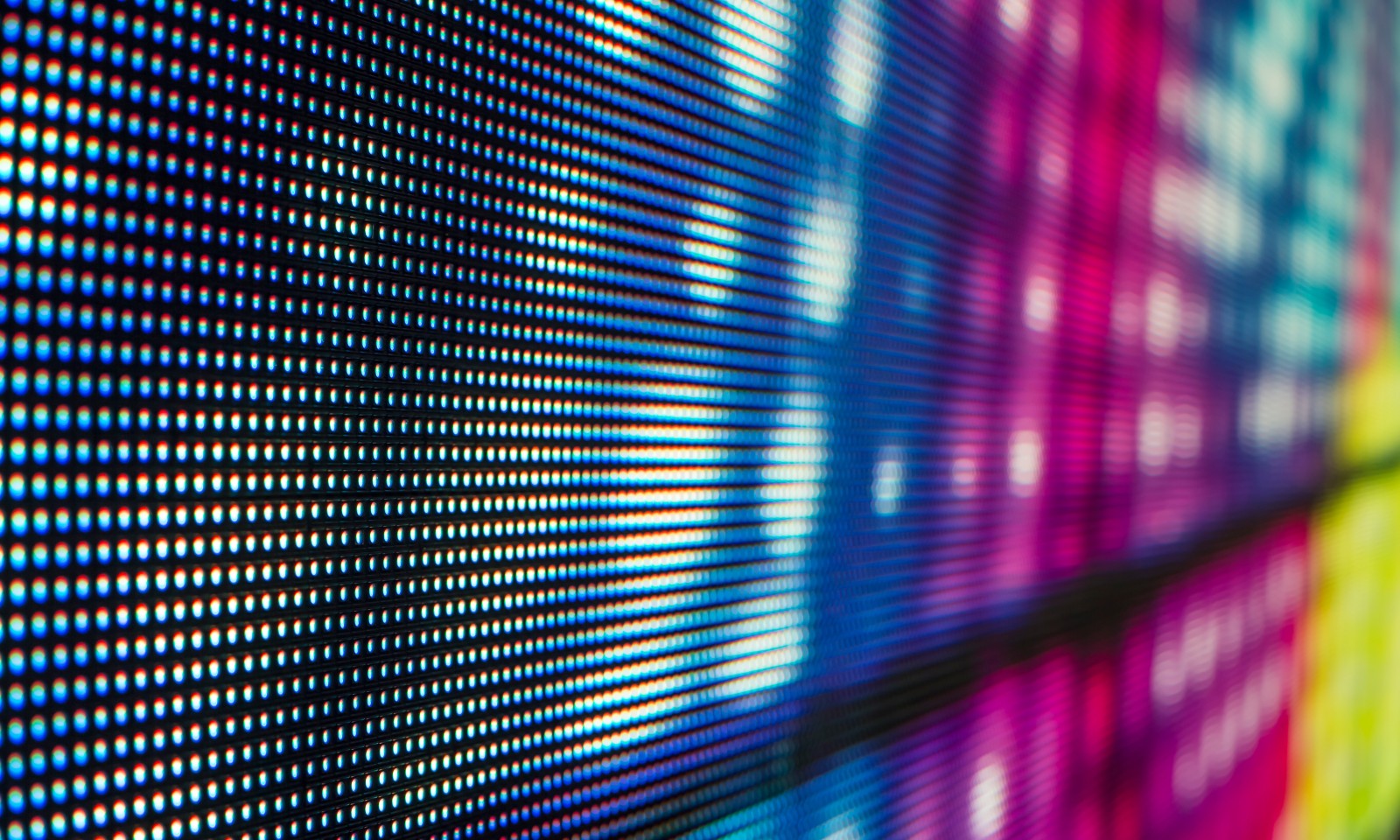Don’t make the 4 biggest mistakes often made with LED screens
When deployed as part of a co-ordinated, well-planned marketing campaign, LED screens have the potential to deliver significant gains for your business. But planning a campaign can be a hugely complex task, and it can be surprisingly easy to make simple mistakes. Unfortunately, even simple mistakes can end up having big consequences.
So, to save you a lot of time and no small amount of headaches, here we’ve detailed some of the biggest mistakes so many people make with digital LED screens, why they matter, and how you can avoid them.
Not focusing hard enough on your target demographic
We really can’t overstate the importance of proper targeting. Put simply, unless you know your target audience inside out, and you’re up to speed on everything you need to know about how they live, engage with your industry, and communicate with each other, then your campaign will stop far short of maximum effectiveness.
If you’re not properly speaking to them, you won’t achieve your goals, whether that’s lead generation, boosting sales, or growing your audience. So, at the very early stages of your campaign you’ll need to give careful thought to who your audience actually consists of, where they are, what they’re doing, what they’re looking for, and how you want them to engage with your brand. (Speaking of where they are, it might be worth checking out our recent post on how to choose the right location for your digital signage.)
Using the wrong screen brightness
Screen brightness is a slightly more technical, but equally crucial, consideration in the effectiveness of your campaigns. In a nutshell, if your brightness is too low, then your customers won’t be able to properly view the content on your LED screen, reducing both its reach and engagement. Digital window displays often fall victim to this, as they’re saturated by direct sunlight, which can potentially block out the message they’re trying to put across to customers.
On the other hand, you obviously don’t want to skew too far the other way either – as screens that are too bright will probably make your target audience actually look away. (The very definition of an unsuccessful campaign if ever there was one!) Make sure to do your research well in advance to judge the optimum screen brightness for the chosen location. If you’d like, you can also utilise automatic brightness controls to ensure that the screens adapt their brightness according to the conditions. In fact, speaking of adapting, that leads us neatly onto another major mistake…
Not taking the opportunity to adapt your content
One of the key advantages that digital LED screens have over other mediums like print and radio is their ability to be quickly adapted to changing conditions. That allows you to quickly adjust your campaigns in response to changing trends and situations.
In today’s uncertain times, as we deal with everything from the pandemic to energy price rises, climate concerns and more, the ability to move with the times has never been more important. If you’ve got no plans or contingencies in place to do that, then you’ll be risking showing outdated content. If it’s outdated, then it risks becoming irrelevant – in which case you’ll face the same issues as we outlined in our targeting section – and if you’re really unlucky, you might even end up offending and actively alienating your audience.
Not measuring success
Every successful campaign has its own specific set of objectives. Most importantly, it has a way of measuring how well it’s progressing towards them. Before you roll out any campaign, you’ll need to work out how you’re going to measure success, typically by working out your key performance indicators (KPIs).
Examples of some common KPIs include the number of app downloads from a QR code displayed on LED screens, or the number of Facebook followers, or the number of incoming leads to the business, or the volume of sales on a specific product. If you don’t have any material way to collect and measure data that might indicate the effectiveness of your digital LED screens, then you could well be pouring money down the drain on an inefficient or ineffective campaign. Finding success is rooted in your ability to measure it! In case you’re wondering what’s the best way to do that, you might be happy to know that we recently published a post on how to measure the effectiveness of your LED signage.
And if you’ve already got everything in place, and you’re ready to start looking for the best digital LED screens to help you realise your business objectives, that’s where we can help right here at Scanlite.
We know our digital signage solutions inside out, including the many ways in which it can be used to achieve your goals as a business, so to find out how we can help you, feel free to give us a call today on 01253 302723, or email us on sales@scanlite.co.uk.











